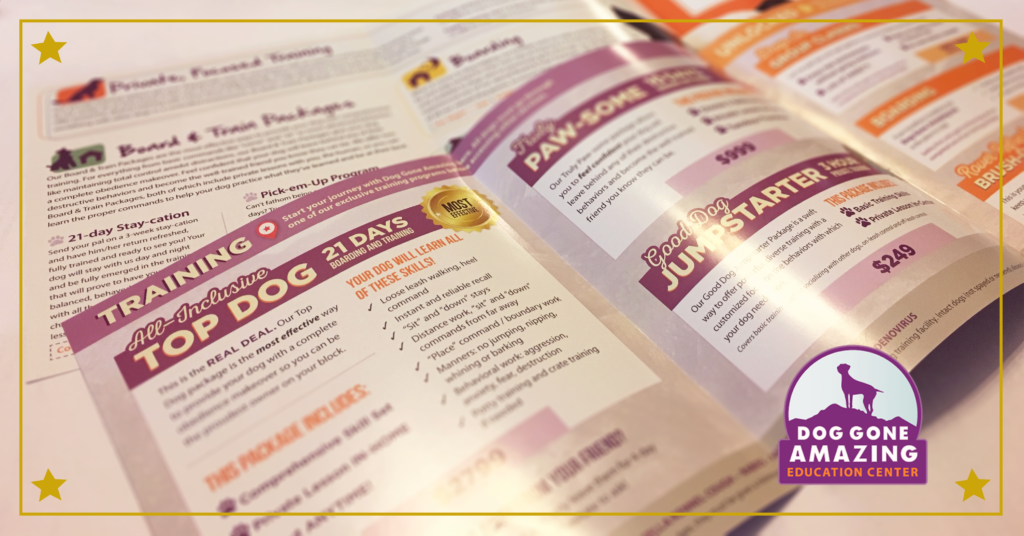Developing A Pricing Strategy That Aligns With Your Value
Price and quality are most likely the two most influential things that come into play when selling products or services to a customer. The price is too high, you’ll lose out on certain customers. The price is too low, it screams your product is made cheap and lacks value.
There’s a science to help decide how to price certain products and why. Shall we get to the math behind the all-important pricing strategy?
What Is A Pricing Strategy?
Just like everything we do in business, pricing also requires a strategy to back it’s motive and lead to success. What does developing a pricing strategy really mean?
A pricing strategy is a method used to determine the price of a product or service that a brand is selling. This type of strategy assists a small business owner in really honing in on their numbers and determining what will maximize their profits and what can potentially put them under.
Pricing strategies can be tricky though. If you set your prices to be overly expensive, then you miss out on large amounts of sales. If you set your prices too be cheap, you devalue your products and hurt your revenue. There’s a happy medium somewhere in the mix.
Elasticity of Demand
The happy medium of any pricing strategy can be determined starting with a science. We like to call this the Math Is Hard formula, or the Price Elasticity of Demand as the mathematicians refer to it. Price elasticity of demand explains how changes to the price of your products will affect the demand your customers have for them.
For example, as the only water company of your small town, a raise in prices won’t, and can’t, affect the demand of your service. No matter what your company sets its price at, people need water so they’re forced to continue to purchase from you. (We don’t suggest using this greedy strategy or you’ll have a lot of unhappy people knocking at your door.)
On the other hand, as a high heel shoe company, your pricing has to stay somewhere in the middle of low and high or you’ll lose customers. High heel shoes aren’t a necessity to most. And even if they are, there are many other brands that probably sell shoes for a more reasonable price. Bye-bye customer demand for your products if you raise prices too much.
Price elasticity of demand can be found through dealing with numbers, of course. There’s this fancy equation that you’re welcome to look at if you’re a math wiz. It’s not our thing … we leave that part to the number experts. But HubSpot did create this fancy pancy Sales Metrics Calculator to help make this process a little simpler for us all.
Creating Copy and Design To Display You Pricing Strategy
Price is intimidating. No matter what you’re searching for, no one wants to see a price that they don’t expect. They don’t want to see package pricing that is too overwhelming to compare and comprehend either. You’ve got to make it simple in order to catch a customer’s eye and gain their interest—pricing has to be understandable, yet include the details necessary to differentiate between packages.
- Make the copy easy to understand. If you confuse a potential customer, they won’t take the time to decipher what you’re trying to say. Simplify your pricing and packaging language so customers know exactly what they’re getting and which they want to choose.
- Design attractive package options. But if the products or services you’re selling are overwhelmed by too much design, you’re going to deter customers from becoming interested. Keep the design light but complementary to the pricing.
- Clearly point out the benefits of each. What are the major benefits that each package offers? This will help customers clearly see the main reasons why they may want to purchase from you. Clear points help them decipher exactly which option is right for them.
A Dog Gone Good Case Study
Our longtime client Dog Gone Amazing is nothing short of, well, amazing. When it comes to behavior training and boarding for dogs, they really are talented, and their pricing strategy is top notch too. Owner Malaika has gathered some seriously friendly team members who get almost as fired up about these dogs as she does. And to be fair, this woman has a one in a million heart for pups. Malaika’s dedicated clients and fantastic employees keep the brand strong and running. But DGA also made a significant change in their service options after they came to us, one that helped clients see the value in their services.
Malaika believes the most effective way to train dogs is to have them board with DGA during training, and her methods have proved to be effective—her business keeps on growing!
Pricing Strategy Success Story
In its first year, Dog Gone Amazing had offered 2 training packages: a 3-hour pick-em-up and 21-day board and train package. The 21-day package was an option unlike anything in the area. What DGA was finding was that it was a long time for owners to be away from pets. Plus, the pickup program meant added stress for DGA that just wasn’t working out.
The training increased in effectiveness the longer the dog was in the program, but there was a gap in the offered programs. The problem was that customers weren’t comfortable being away from their dogs for a full 3 weeks. But the problem was a 3-hour package just wasn’t getting the job done for the more … rambunctious dogs. This resulted in people misunderstanding the value of these two packages.
The Bareknuckle team saw that the biggest package was too large of a commitment for most clients and they’d settle for the 3-hour option instead. While clientele continued to grow, many of them were left wanting more from their training than they were able to get with a 3-hour session.
So the small package was too small and the big one was too big. I think we know where this story is headed.
Finding A Happy Medium
We decided to add a 10-day board & train package for people who wanted more but weren’t able to commit to 21 days without their pup. And check out of the cool design the 10-Day Boarding and Training package has too!
Adding the third option was only the first step. Next, we created a simple, yet informative, visual to display every option. It all customers to fully understand the value of each package. The value they were looking for (whatever that was for each dog owner) was crystal clear and easy to understand.
Surprisingly, clients even began to better visualize the value of the 21-day package too. We even added these badges too so customers could gravitate toward the options that others seemed to love and why. But why were people so suddenly interested in the 21-day package when they weren’t prior to this rebrand?
This can be explained by the pricing strategy and reasoning that happens once a customer sees a range of options. Product ranges open the doors for personal negotiation—if you see a reasonable set of options, it’s more likely you’ll choose the most valuable option. On the other hand, too many options can cause decision paralysis. So we stuck with three packages, each with a unique value depending on a customer’s needs.
Curious about other pricing strategy success stories? Check out our post about Full Circle Soils & Compost.





Recent Comments